Refine search
Actions for selected content:
48202 results in Computer Science
19 - Personal genomes: what’s in my genome?
-
- Book:
- Genomics and Bioinformatics
- Published online:
- 05 August 2012
- Print publication:
- 07 June 2012, pp 252-265
-
- Chapter
- Export citation
A - Elements of algorithmic information
- from Appendices
-
- Book:
- Optimal Estimation of Parameters
- Published online:
- 05 July 2012
- Print publication:
- 07 June 2012, pp 144-152
-
- Chapter
- Export citation
Preface
-
- Book:
- Genomics and Bioinformatics
- Published online:
- 05 August 2012
- Print publication:
- 07 June 2012, pp xi-xiii
-
- Chapter
- Export citation
9 - Evolution: resolving a criminal case
-
- Book:
- Genomics and Bioinformatics
- Published online:
- 05 August 2012
- Print publication:
- 07 June 2012, pp 105-120
-
- Chapter
- Export citation
6 - Interval estimation
- from Part II - Estimation
-
- Book:
- Optimal Estimation of Parameters
- Published online:
- 05 July 2012
- Print publication:
- 07 June 2012, pp 70-82
-
- Chapter
- Export citation
8 - Denoising
- from Part II - Estimation
-
- Book:
- Optimal Estimation of Parameters
- Published online:
- 05 July 2012
- Print publication:
- 07 June 2012, pp 104-111
-
- Chapter
- Export citation
CPC volume 21 issue 4 Cover and Back matter
-
- Journal:
- Combinatorics, Probability and Computing / Volume 21 / Issue 4 / July 2012
- Published online by Cambridge University Press:
- 07 June 2012, pp. b1-b3
-
- Article
-
- You have access
- Export citation
7 - Video processing and recognition
-
-
- Book:
- Multimodal Signal Processing
- Published online:
- 05 July 2012
- Print publication:
- 07 June 2012, pp 103-124
-
- Chapter
- Export citation
1 - Introduction: working with the molecules of life in the computer
-
- Book:
- Genomics and Bioinformatics
- Published online:
- 05 August 2012
- Print publication:
- 07 June 2012, pp 1-18
-
- Chapter
- Export citation
5 - Human disease: when DNA sequences are toxic
-
- Book:
- Genomics and Bioinformatics
- Published online:
- 05 August 2012
- Print publication:
- 07 June 2012, pp 55-65
-
- Chapter
- Export citation
Appendix I - Brief Unix reference
-
- Book:
- Genomics and Bioinformatics
- Published online:
- 05 August 2012
- Print publication:
- 07 June 2012, pp 278-288
-
- Chapter
- Export citation
6 - Sampling techniques for audio-visual tracking and head pose estimation
-
-
- Book:
- Multimodal Signal Processing
- Published online:
- 05 July 2012
- Print publication:
- 07 June 2012, pp 84-102
-
- Chapter
- Export citation
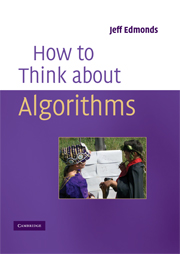
How to Think About Algorithms
-
- Published online:
- 05 June 2012
- Print publication:
- 19 May 2008
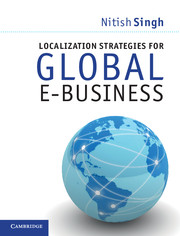
Localization Strategies for Global E-Business
-
- Published online:
- 05 June 2012
- Print publication:
- 24 November 2011

Information Technology
- Agent of Change
-
- Published online:
- 05 June 2012
- Print publication:
- 11 May 1989
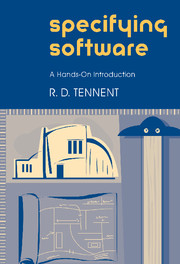
Specifying Software
- A Hands-On Introduction
-
- Published online:
- 05 June 2012
- Print publication:
- 25 February 2002
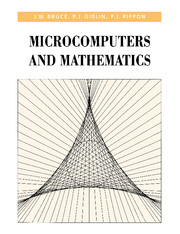
Microcomputers and Mathematics
-
- Published online:
- 05 June 2012
- Print publication:
- 26 October 1990
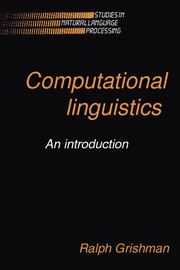
Computational Linguistics
- An Introduction
-
- Published online:
- 05 June 2012
- Print publication:
- 06 November 1986
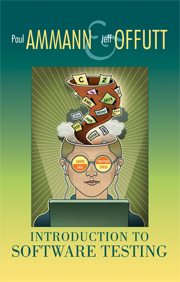
Introduction to Software Testing
-
- Published online:
- 05 June 2012
- Print publication:
- 28 January 2008
-
- Book
- Export citation
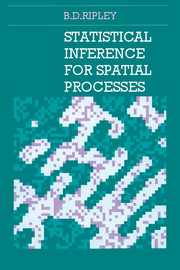
Statistical Inference for Spatial Processes
-
- Published online:
- 05 June 2012
- Print publication:
- 17 November 1988
